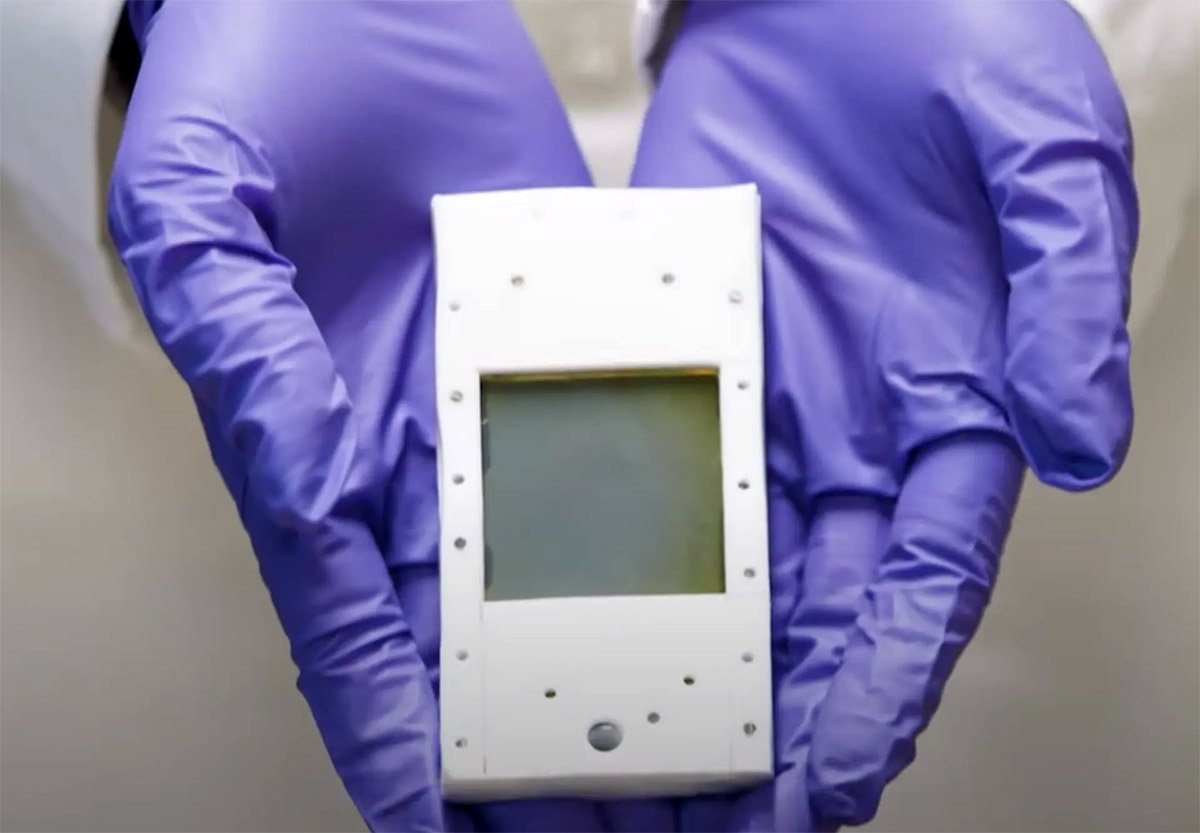A new type of device that produces clean hydrogen through the photocatalytic splitting of water (the splitting of H2O into hydrogen and oxygen) has been developed by researchers at the University of Michigan in the United States. The new photocatalyst was 9% successful in converting water into its two components. proving to be ten times more efficient than other devices of the kind.
To make this technological leap, the team reduced the most expensive part of the device, the semiconductor, to one percent of its traditional size. The new semiconductor UMich, developed by another team last year, is made of indium gallium nitride nanostructures and is resistant to concentrated light equivalent to 160 suns. and increases its effectiveness as you use it.
How was the new photocatalyst tested?
The outdoor experiment with the new photocatalyst began with the assembly of a lens (the size of a house window) made by first author of the study, Peng Zhou, to focus sunlight onto a small experimental panel a few centimeters in diameter. . Inside, the semiconductor was covered with a layer of water, bubbling with hydrogen and oxygen gases to perform artificial “photosynthesis.”
Unlike other systems that avoid very strong heat, this device depends on it because the semiconductor absorbs the high-frequency wavelengths of light. Low frequency infrared heats the chamber up to about 70°C to accelerate the water separation reaction, but it also prevents the recombination of the molecules of the two gases..
Indium gallium nitride nanostructures capture light and convert it into free electrons that are directed from metal nanoballs 1/2000th of a millimeter in diameter. The insulating layer on top of the panel keeps the environment warm enough to encourage reaction and cool enough to ensure good device performance.
What are the differences of the new photosynthetic device?
The high solar efficiency (STH) for hydrogen obtained in the experiment – 9.2% with pure water – is due to two major improvements presented by the University of Michigan team. Firstly be able to concentrate sunlight without destroying the semiconductorThis greatly reduces the cost of the device.
The second advance is to be able to use most of the energy of the solar spectrum to separate water and the lower part to obtain heat to stimulate the reaction. This is possible because the semiconductor catalyst model in this work improves with use, resisting the degradation that normally occurs. and “self-healing”.
ARTICLE – nature – DOI: 10.1038/s41586-022-05399-1.
Source: Tec Mundo
I am Bret Jackson, a professional journalist and author for Gadget Onus, where I specialize in writing about the gaming industry. With over 6 years of experience in my field, I have built up an extensive portfolio that ranges from reviews to interviews with top figures within the industry. My work has been featured on various news sites, providing readers with insightful analysis regarding the current state of gaming culture.













